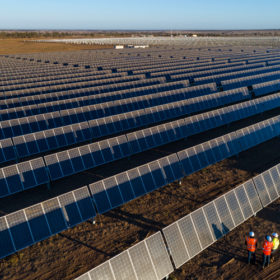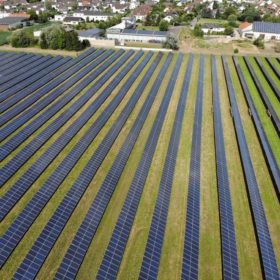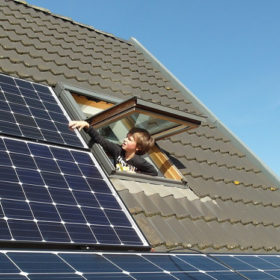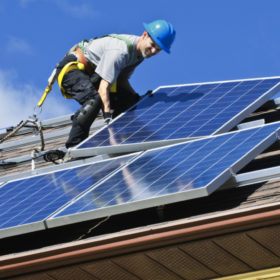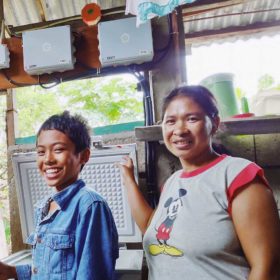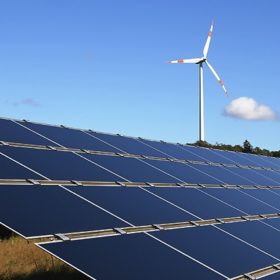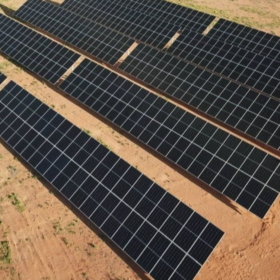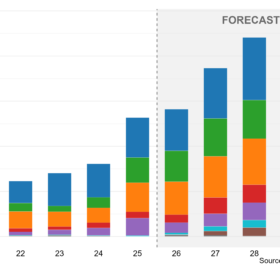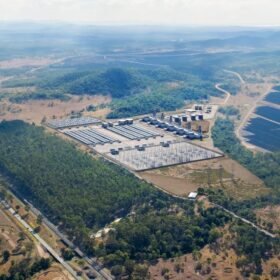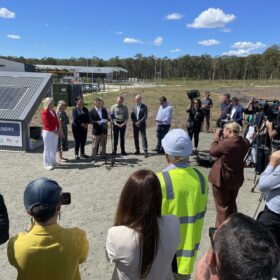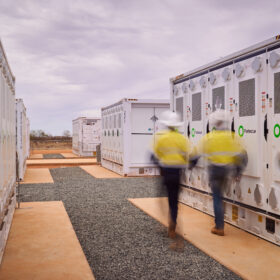Sydney’s 100% solar-powered floating villa
Welcome to the rarest kind of pleasure, a sustainable one. Australian designer Chuck Anderson’s Lilypad is a 100% solar powered villa floating off Palm Beach in Sydney’s north.
Solar holds up relatively well in the face of Covid-19, CER finds
A new report from the Clean Energy Regulator (CER) shows that the renewable energy sector in Australia has exhibited resilience with 1.3 GW of new installed capacity despite the economic challenges of the Covid-19 pandemic. While rooftop PV continued to thrive in the first three months of this year, the construction of large-scale projects was generally on track with minimal delays.
Solar costs have fallen 82% since 2010
The levelized cost of energy generated by large scale solar plants is around $0.068/kWh, compared to $0.378 ten years ago and the price fell 13.1% between 2018 and last year alone, according to figures released by the International Renewable Energy Agency.
Solcast is offering a free rooftop solar PV performance checker
Ever stood outside looking up at your rooftop solar PV system and wondered: “Are those panels giving me their best?” Well, Solcast has a free solar PV performance checking tool that can give you a solid estimate of your PV system’s performance. After all, if something is amiss, you don’t want to wait until you receive an engorged electricity bill to find out.
CEC publishes first ever national study of renewable energy workforce
The continuing dominance of the small-scale solar sector and the great potential for regional and rural jobs are just some of the findings in the Clean Energy Council’s “Clean Energy At Work”, a first-of-its-kind extensive report into the current renewable energy workforce and its potential over the next 10-15 years.
Rooftop PV uptake shows no sign of Covid-19-induced slowdown, as yet
Australia’s rooftop PV fleet continues to grow in the face of uncertainty surrounding the outbreak of the pandemic, posting another big month above 200 MW. Mega-household solar systems are growing in popularity, but retailers and installers can see the storm clouds gathering.
Okra Solar’s new tech is a one-two punch against energy poverty
Okra Solar, the Aussie startup we last saw delivering solar mini-grids to remote communities via a shared ping-pong table, is emerging from Covid-19 lockdown with new investors and two new pieces of tech that will better enable solar energy access to the 900 million people around the world still lacking power.
Solar could hold advantage in post-pandemic global energy sector
The International Energy Agency has acknowledged dramatic falls in energy investment caused by the Covid-19 crisis but said renewables, including PV, offered an attractive proposition to investors as the dust settled, given their enticing economics and short turnaround times.
Extreme weather and electricity reliability: Resilience is key
New research by digital services company, Accenture, finds global energy-utility executives feeling underprepared for the increasing frequency of extreme weather events caused by climate change. It’s time to expand the definition of reliability.
Solar leads Australia’s energy transition as renewables set new record
In 2019, renewables continued to undermine the dominance of coal on the Australian grid and surged on the back of a massive 46% year-on-year jump in solar power, according to the latest data from the federal Energy Department.

